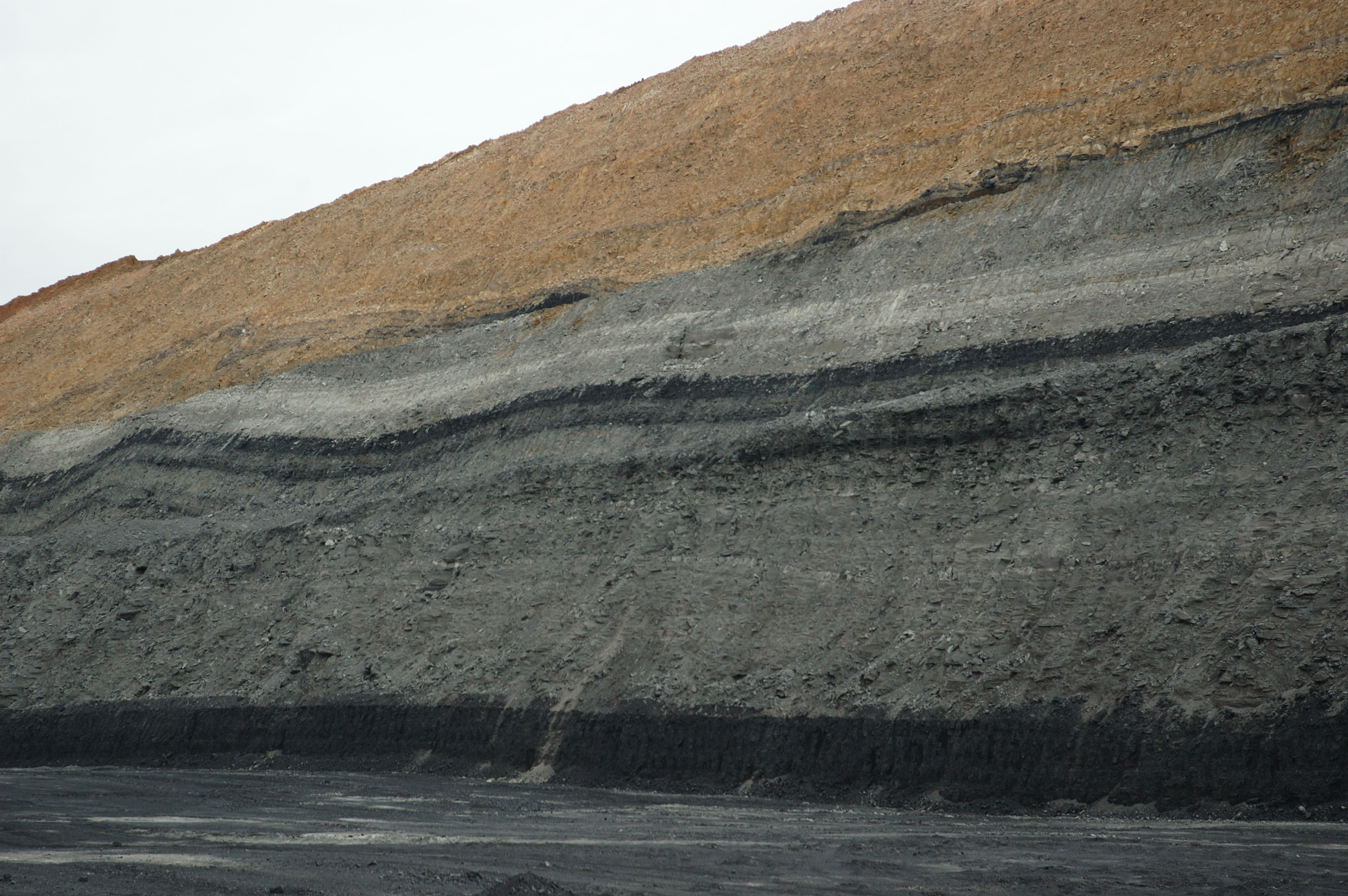Top of Coal

Challenge
Accurately detecting the top of a coal seam before blasting is a key factor to effectual coal recovery. Depending on local site geology and seam conditions, up to 12% of the marketable coal resource is estimated to be unrecoverable due to coal loss and dilution during the mining process.
During the extraction stage, a significant percentage of overall coal loss is attributable to blast damage and coal dilution. Which then makes it difficult to separate the coal cleanly from the waste during both overburden excavation and coal processing. By eliminating the damage done to the top of seam, there is an estimated 6% increase in recovery of the total marketable resource.
Currently, coal is mapped using geophysical methods from an exploration drill rig ahead of blasting. This approach is costly and involves many additional processes and resources. It can also never be entirely accurate due to the sparse pierce point sampling of ground disturbed by vertical faults and other geological features.
Research
With support from the Australian Coal Association Research Program (ACARP), Mining3 is working on a measurement while drilling (MWD) system that can gauge and detect the top of the coal seam while routinely drilling blast holes. The success of the system will mean drilling can be stopped before touching the coal seam, within the minimum standoff distance. Adding the location of the top of the coal seam to their existing knowledge of the surrounding geological conditions, allows engineers to design blasts which reduce coal damage and dilution.
The basic concept of a top of coal detection system relies upon the generation of an electric field around the drill bit. The electric field is then used to sense and measure the overburden and coal seam during routine drilling operations.
The system can be retro fitted to a standard rotary air blast drill rig and a future system could compile a three-dimensional map of the bench in real-time.
Benefits
- Increased production by reducing damage to coal from blasting
- Increase knowledge of overburden strata to inform better blast design
- Saved time and expense by combining Top of Coal with production drilling
- Assists with drill automation
- Integration with other coal dilution technologies such as blast-hole slotting
Status
The project has made significant progress in demonstrating the effectiveness of the MWD Top of Coal detection system on site. Preliminary field trials show the system is capable of consistently measuring ground resistance while drilling in a rotary air blast drill rig. The results from the field trial at Jellinbah mine illustrate the system is capable of measuring the change in resistance when the drill bit hits coal and an example is shown below.
Further funding is currently being sought to develop the Top of Coal detection system and trial it on multiple drill rigs across several sites to gain a larger data set for analysis.
The support of Hughes Drilling and Jellinbah mine is greatly appreciated and has enabled effective on-site testing. A proposal has been submitted to ACARP for another round of funding.
Factsheet
Access the latest Top of Coal factsheet.







